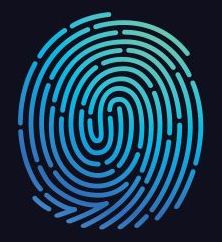Jul 14, 2021
Microsoft attributes new SolarWinds attack to a Chinese hacker group
Posted by Quinn Sena in category: cybercrime/malcode
Hackers were targeting SolarWinds’ Serv-U software.
Microsoft reported Tuesday that it identified a zero-day exploit in SolarWinds’ software. The zero-day originated from a group of Chinese hackers trying to reach the US defense industry. SolarWinds has since patched the exploit.

















